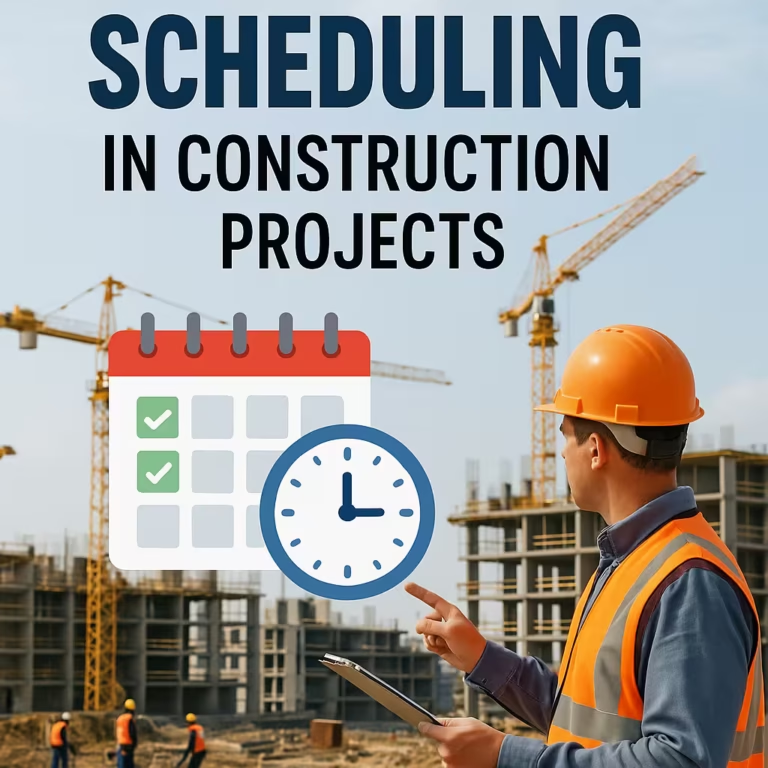Construction Industry Trends 2025: Top 5 Trends to Follow
Introduction
So, where have you been? To summarize it really quickly: work, new place, no computer, got computer, no monitor, work, and miscellaneous activities. But we’ve got some great content coming down the pipeline, starting with today’s blog: What are the top five things to pay attention to in the construction industry in 2025.
1. Supply Chain Issues
Supply chain issues—it’s all in the news, it’s all the craze now. Just getting materials and getting some sort of guaranteed date of arrival has become very tough. This puts a huge emphasis on procurement for construction projects, and procurement is just a fancy word for getting your materials on site. On a typical construction job, you will have a procurement log that tracks every single material you need to order for your job, and it backtracks all the way to the date you need to order materials.
With supply chain issues, this log and tracking become so much more important. The way you build the log is by looking at your scheduled date of installation, then asking your suppliers and sub-trades how long it’s going to take for material to get to the site—most times, it’s tracked in weeks. For example, they’ll say it’s going to take 20 weeks for the shower glass to get on-site, and that time is called lead time.
However, with supply chain issues, you can’t simply ask and plug that into your log. You need to break down that 20-week lead time into as many sections as you can understand—tracking the logistical path, fabrication time, and potential delays. This way, you have a better understanding of the process and can mitigate risks. The procurement process will also drive submittal reviews and sample approvals, which can add even more time.
It’s also crucial to understand who owns the risk of supply chain issues. Contracts may specify whether the contractor or owner bears responsibility, and contractors need to mitigate risks if they own it. Locking in pricing early is also critical to avoid unexpected costs.
2. Labor Shortages
This issue includes engineers but focuses primarily on field workers. The pandemic accelerated this trend—people are retiring earlier, and fewer young workers are entering the workforce. The push for college education over trades has contributed to this, but the trades remain a viable and lucrative career path. Labor shortages are also affecting supply chains, increasing costs and reducing efficiency.
3. Technology in Construction
With labor shortages, technology is stepping in to increase efficiency. Building Information Modeling (BIM) allows projects to be designed in 3D, reducing errors and rework. However, relying too heavily on BIM can create design challenges and risks for contractors. Virtual reality tools and even robotics are emerging to support the industry. Video conferencing tools like Zoom and Teams are also helping teams stay connected but can’t replace the value of in-person collaboration.
4. Remote Work in Construction
While some office roles may adapt to remote work, construction is fundamentally a hands-on industry. Working from home is limited, and on-site collaboration remains essential for team cohesion. Hybrid approaches may offer flexibility, but construction teams need that person-to-person interaction.
5. Industry Outlook for 2025 and Beyond
The construction industry remains strong, with developers and owners gaining confidence to invest despite challenges. Labor shortages are creating opportunities for younger workers to step into leadership roles. The industry faces a learning curve but will adapt over the next few years.
Conclusion
Thank you all for reading! Do you agree or disagree with anything I’ve said? What construction trends do you see in the industry? Share your thoughts in the comments below!





